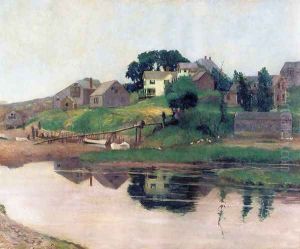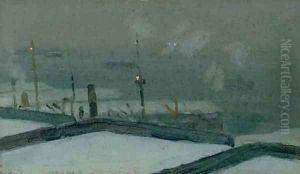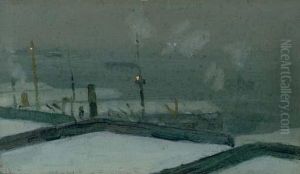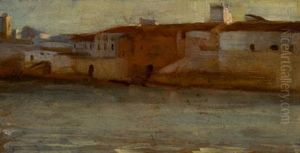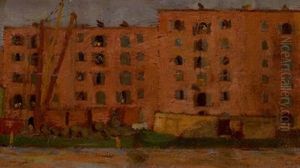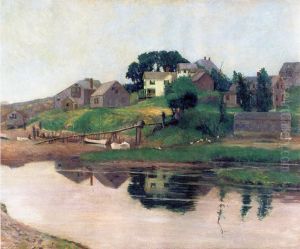Hamilton Easter Field Paintings
Hamilton Easter Field was an American artist, art patron, teacher, and writer, born on December 27, 1873, in Brooklyn, New York. He was primarily known for his influence on the American modern art movement in the early 20th century, particularly through his support of young artists and his contributions to the development of modernist art communities.
Field's early life was marked by his education at Harvard University, where he developed an interest in arts and aesthetics. After completing his studies, he traveled extensively in Europe, where he was exposed to various art movements, which influenced his perspective on art. Upon returning to the United States, Field settled in the burgeoning art scene of New York City.
In New York, Field immersed himself in the artistic community and began his career as a painter. However, his most enduring legacy would come from his role as a mentor and benefactor to numerous young artists. In 1906, Field established the Summer School of Graphic Arts in Ogunquit, Maine, which became a significant center for teaching and artistic development. The school attracted a range of students, including many who would go on to become prominent figures in American art.
Field's vision for American art was characterized by a belief in modernism and an embrace of innovation. He was instrumental in promoting the careers of artists such as Robert Laurent and Yasuo Kuniyoshi, among others. Field's approach to art education was progressive for its time, emphasizing personal expression and the importance of contemporary art trends.
As an art critic and writer, Field contributed to the dialogue on modern art through his published essays and reviews. He was a proponent of American artists finding their unique voice, distinct from European traditions. Field's influence extended beyond his lifetime through the Hamilton Easter Field Art Foundation, which he established to provide financial assistance to artists and to continue his legacy of supporting the arts.
Tragically, Hamilton Easter Field's life was cut short at the age of 48, when he died on February 26, 1922. Despite his relatively brief career, his impact on the American art scene, particularly in nurturing the talents of emerging artists and advocating for the avant-garde, was substantial. His commitment to artistic innovation and his role in cultivating a supportive environment for artists to explore new ideas left an indelible mark on the trajectory of American modernism.
